The semiconductor, IP, Software and EDA industries are all focusing on the growing automotive market because of its electronic content, size and growth. There are long-time suppliers to the automotive industry, and also first-time vendors that are launching something new every week for electronics in automotive. So where … Read More
 MZ Technologies Launches Advanced Packaging Design Video SeriesIn a significant move aimed at empowering semiconductor…Read More
MZ Technologies Launches Advanced Packaging Design Video SeriesIn a significant move aimed at empowering semiconductor…Read More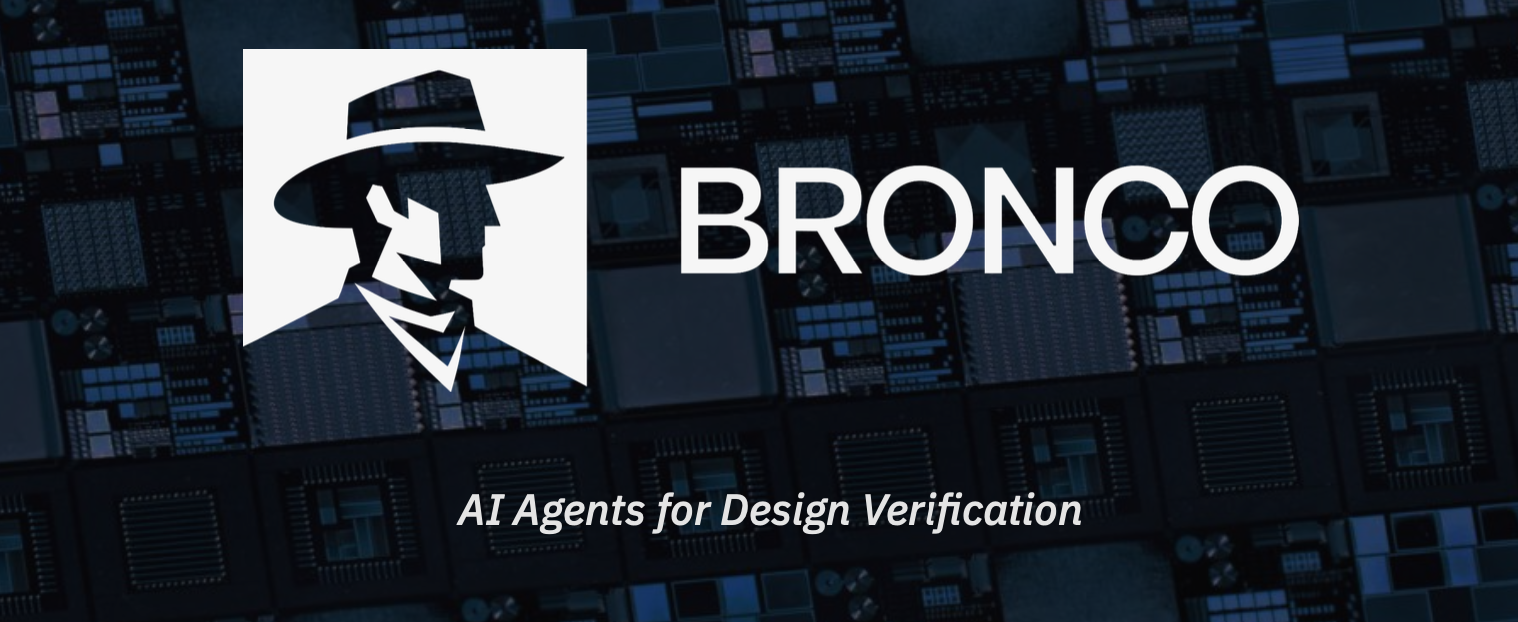 Superhuman AI for Design Verification, Delivered at ScaleThere is a new breed of EDA emerging.…Read More
Superhuman AI for Design Verification, Delivered at ScaleThere is a new breed of EDA emerging.…Read More The Quantum Threat: Why Industrial Control Systems Must Be Ready and How PQShield Is Leading the DefenseIndustrial control systems (ICS) underpin the world’s most…Read More
The Quantum Threat: Why Industrial Control Systems Must Be Ready and How PQShield Is Leading the DefenseIndustrial control systems (ICS) underpin the world’s most…Read More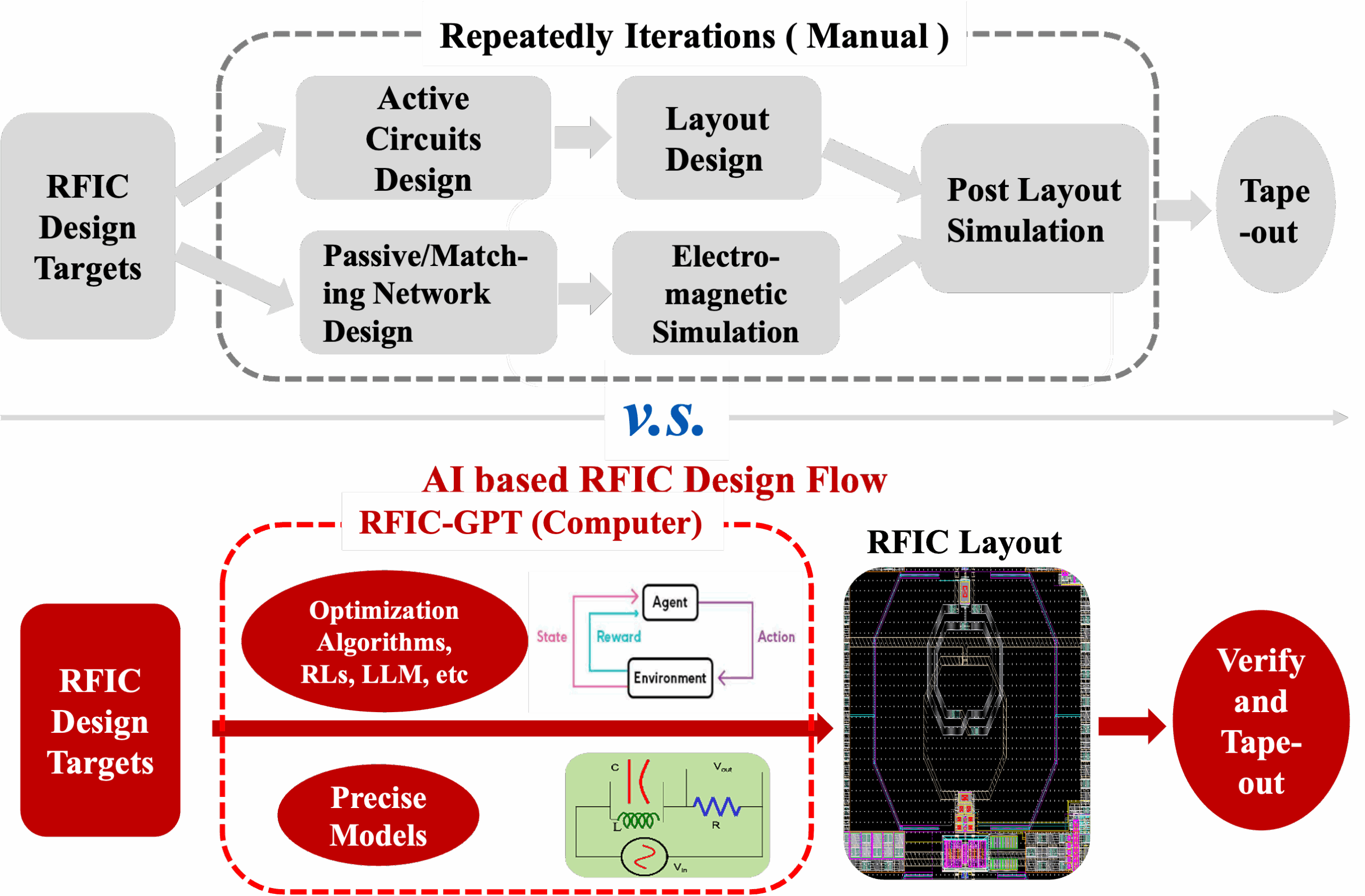 Radio Frequency Integrated Circuits (RFICs) Generated by AI Based Design AutomationBy Jason Liu, RFIC-GPT Inc. Radio frequency integrated…Read More
Radio Frequency Integrated Circuits (RFICs) Generated by AI Based Design AutomationBy Jason Liu, RFIC-GPT Inc. Radio frequency integrated…Read MoreTwo-Factor Authentication on the Edge
Two-factor authentication has become commonplace for those of us determined to keep the bad guys at bay. You first request entry to a privileged site through a user-name/password, which in turn sends a code to your mobile device that you must enter to complete your admission to the site (there are other second factor methods, but… Read More
Cybersecurity in the World of Artificial Intelligence
Artificial Intelligence (AI) is coming. It could contribute to a more secure and rational world or it may unravel our trust in technology. AI holds a strong promise of changing our world and extending compute functions to a more dominant role of directly manipulating physical world activities. This is a momentous step where we … Read More
Webinar – Voice Interfaces of the Future
In our favorite Sci-Fi or fantasy movies or series we routinely expect voice-control of the many devices encountered in those stories. This seems natural because that’s how we most easily communicate our needs and intent (short of direct brain connections, though Elon Musk is apparently working on that). Typing on a keyboard … Read More
Electrothermal Analysis of an IC for Automotive Use
Automotive ICs have to operate in a very demanding environment in terms of both temperature and voltage ranges, along with the ability to withstand g-forces and be sealed from the elements. Not an easy design challenge. For many consumer ICs we see output drive currents on the IO pins measured in mA, however in automotive if you want… Read More
High Frequency Trading and EDA
Pop quiz – name an event at which an EDA vendor would be unlikely to exhibit. How about The Trading Show in Chicago, later this month? That’s trading as in markets, high-frequency trading, blockchain and all that other trading-centric financial technology. This is another market, like cloud, where performance is everything and… Read More
Building Better Digital Content Protection
Back in college my roommates figured out that the TV cable coax wire was still connected to our apartment. As a result, I was able to watch the Richard Pryor movie Silver Streak about 30 times without a cable box, however the screen was partially jumbled from the simple content protection used back then. This was possible by aggressively… Read More
CEO Interview: Vincent Markus of Menta
What is Menta all about?
Menta was founded to add hardware-programmability within SoCs. We deliver FPGAs in hard IP form that can be readily embedded within an SoC to make certain hardware functions reconfigurable at-will, post-production. This enables customers to dynamically adapt to evolving standards, perform security… Read More
AI is the Catalyst of IoT!
Businesses across the world are rapidly leveraging the Internet-of-Things (#IoT) to create new products and services that are opening up new business opportunities and creating new business models. The resulting transformation is ushering in a new era of how companies run their operations and engage with customers. However,… Read More
Webinar: Next Generation Design Data & Release Management
Design Data Management (DDM) is a bit like insurance. It’s something every semiconductor company has to have, and as a result it’s probably something taken for granted. In order to make their products more useful, the DDM vendors have added more functionality to manage more of the lifecycle of design data.
Dassault’s Synchronicity… Read More



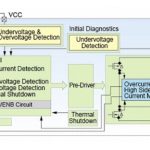

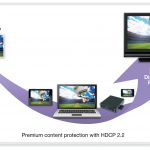
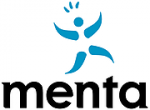
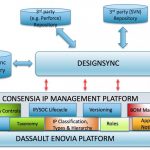
Quantum Computing Technologies and Challenges